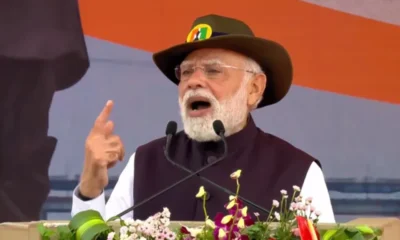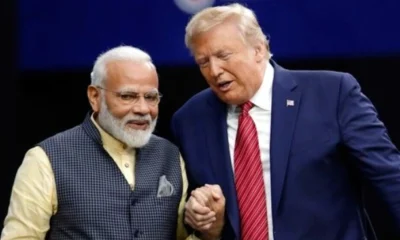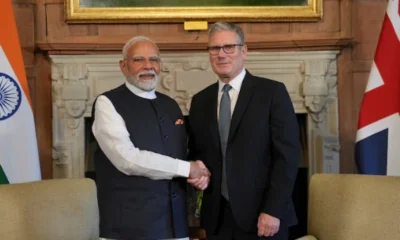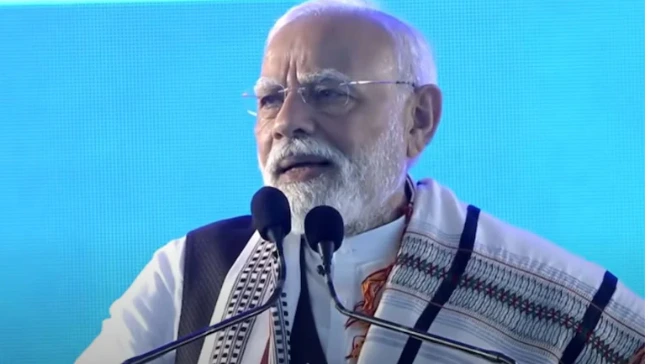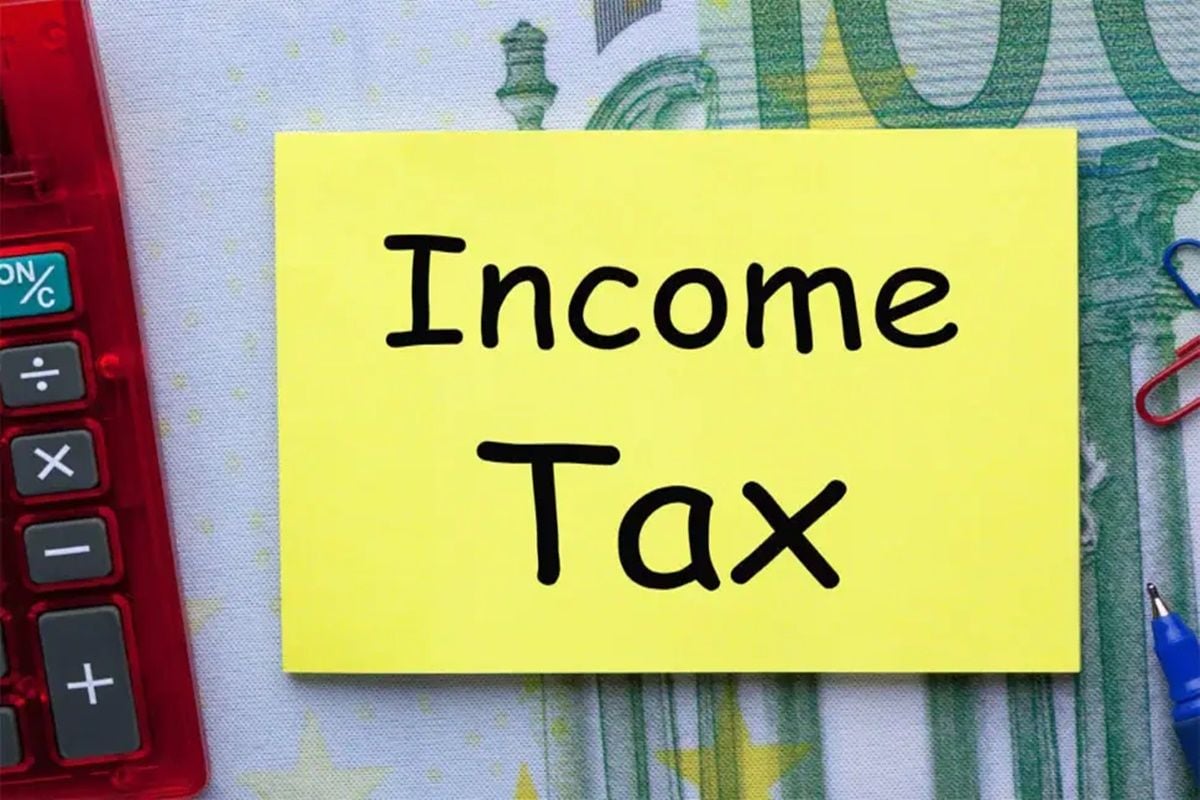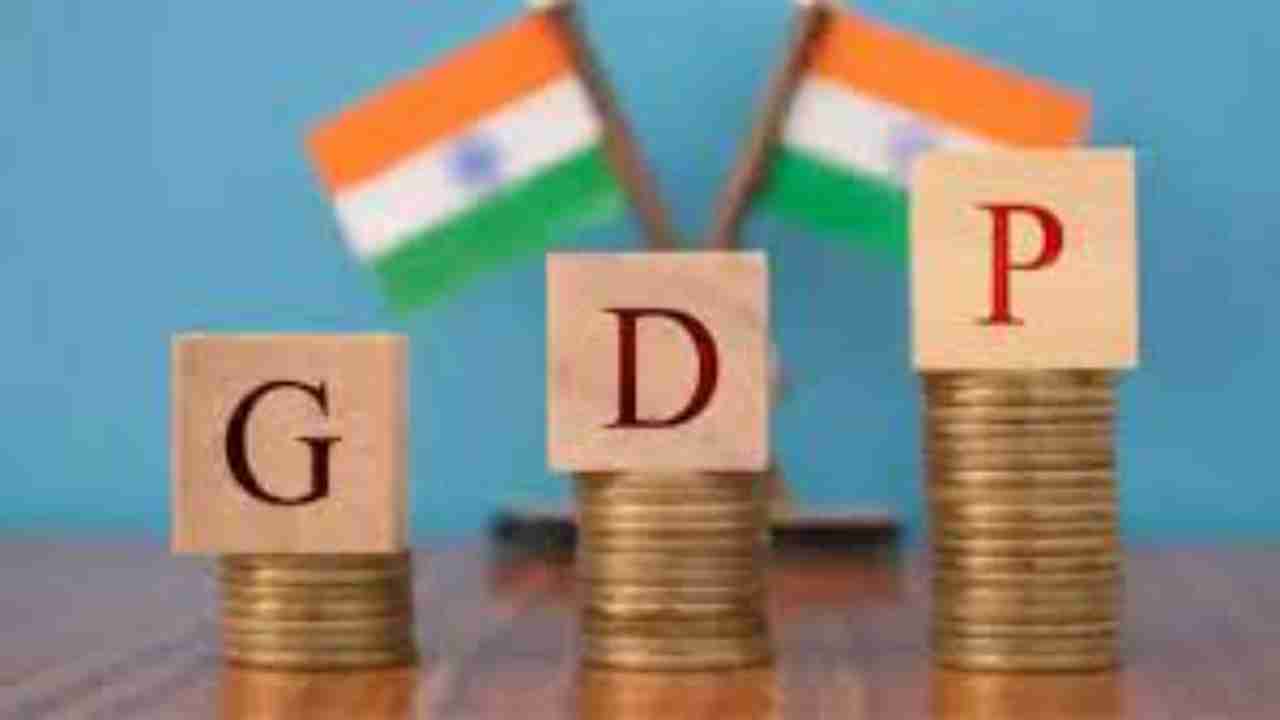Latest business news
GDP overestimation: PM’s panel to issue ‘point by point rebuttal’ to ex-CEA’s claim

India News
Modi says right time to invest in Indian shipping sector; meets global CEOs
Economy news
ITR filing last date today: What taxpayers must know about penalties and delays
The deadline for ITR filing ends today, September 15. Missing it may lead to penalties, interest charges, refund delays, and loss of tax benefits.
Economy news
India’s GDP surges 7.8% in Q1, outpaces estimates and China
India’s GDP surged 7.8% in Q1 2025-26, the highest in five quarters, driven by strong services and agriculture sector growth, according to NSO data.
-
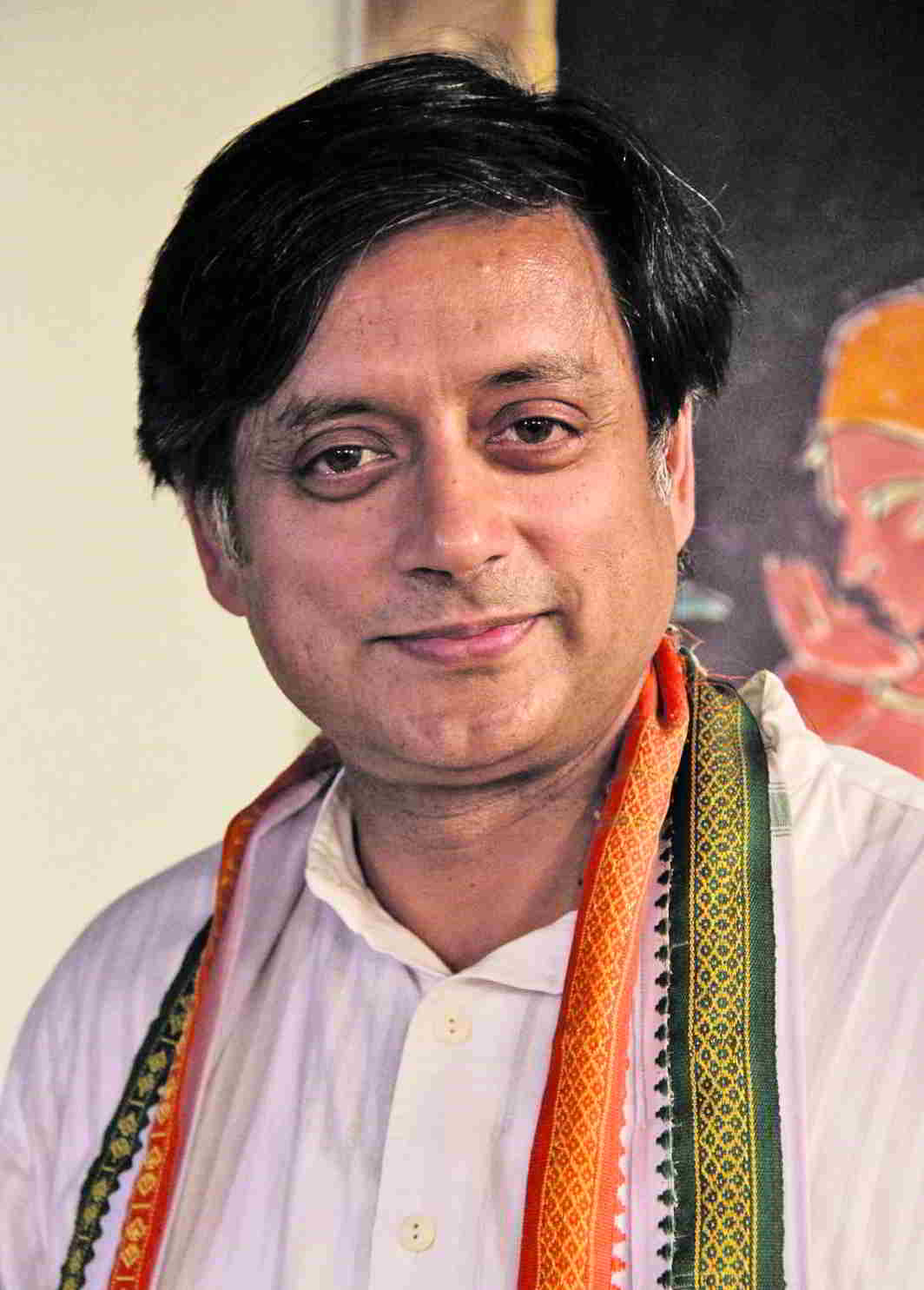
 India News12 hours ago
India News12 hours agoRenaming MGNREGA removes core spirit of rural employment law, says Shashi Tharoor
-
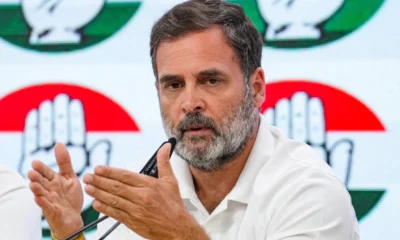
 India News13 hours ago
India News13 hours agoRahul Gandhi attacks G RAM G bill, says move against villages and states
-

 India News15 hours ago
India News15 hours agoG RAM G bill replacing MGNREGA passes Parliament amid opposition walkout and protests
-

 Latest world news7 hours ago
Latest world news7 hours agoHindu man lynched and set on fire in Bangladesh during anti-India protests
-

 Latest world news15 hours ago
Latest world news15 hours agoBangladesh rocked by violent protests after student leader Sharif Osman Hadi’s death, anti-India slogans raised
-

 Entertainment6 hours ago
Entertainment6 hours agoBharti Singh, Haarsh Limbachiyaa welcome second child after she’s rushed to hospital mid-shoot
-
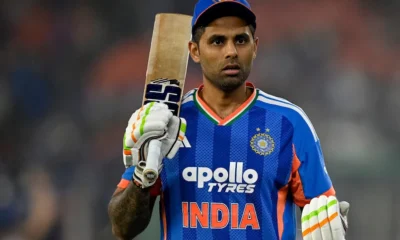
 Cricket news5 hours ago
Cricket news5 hours agoIndia vs South Africa 5th T20I: Samson shines with 37 as India push on after Gill injury
-

 Cricket news4 hours ago
Cricket news4 hours agoIndia vs South Africa 5th T20I: Tilak Varma, Hardik Pandya power India past 230 in Ahmedabad



